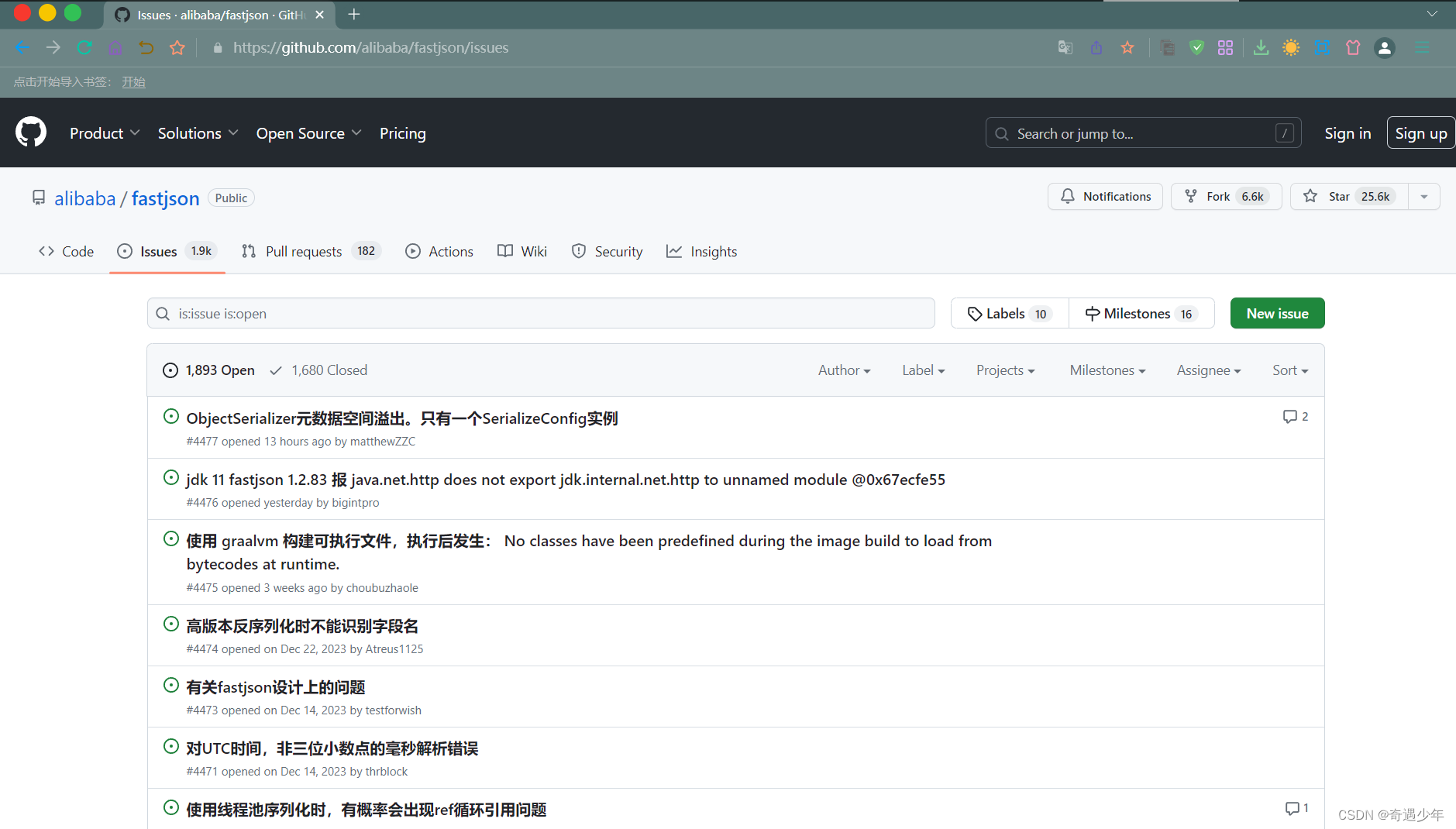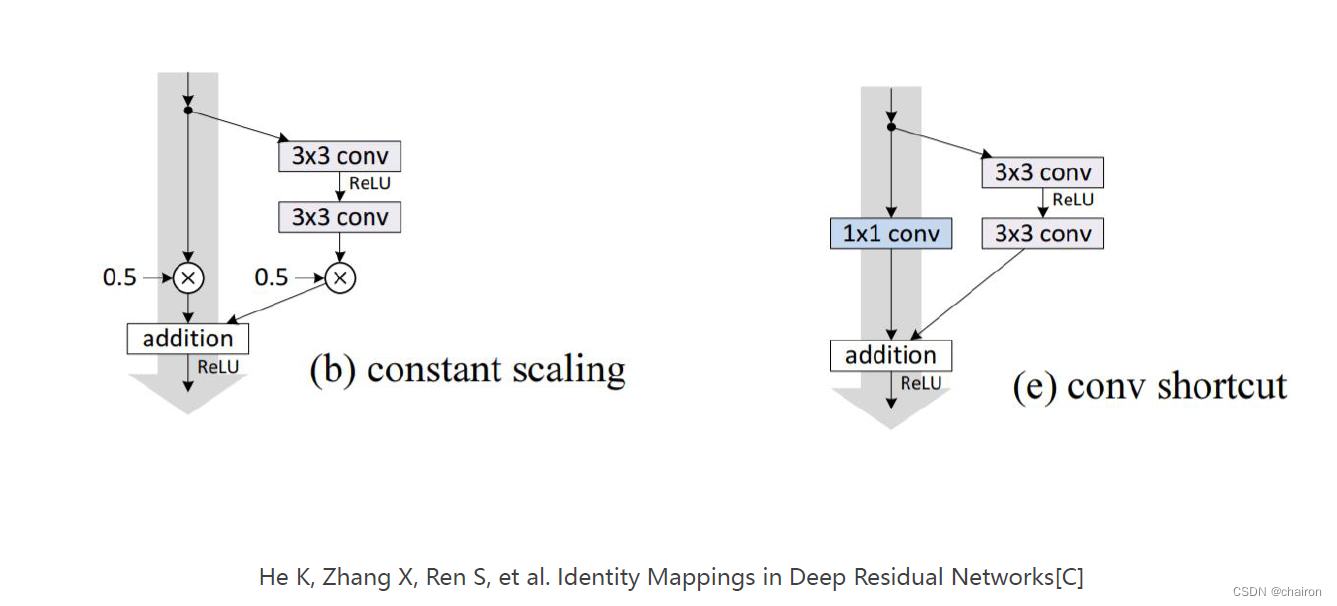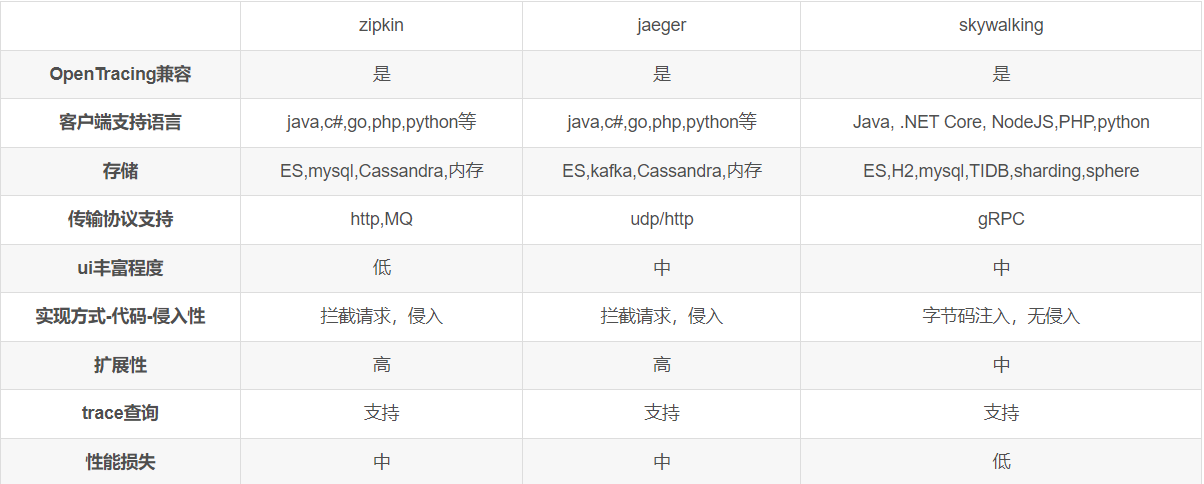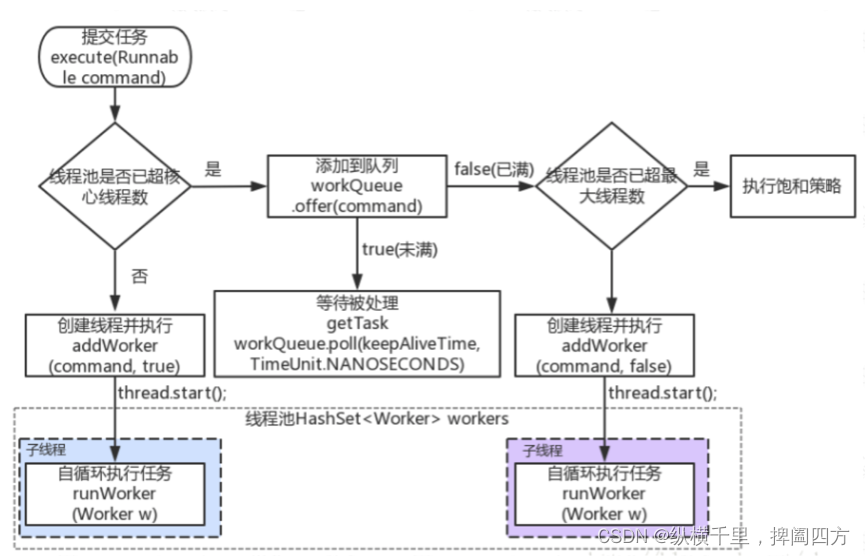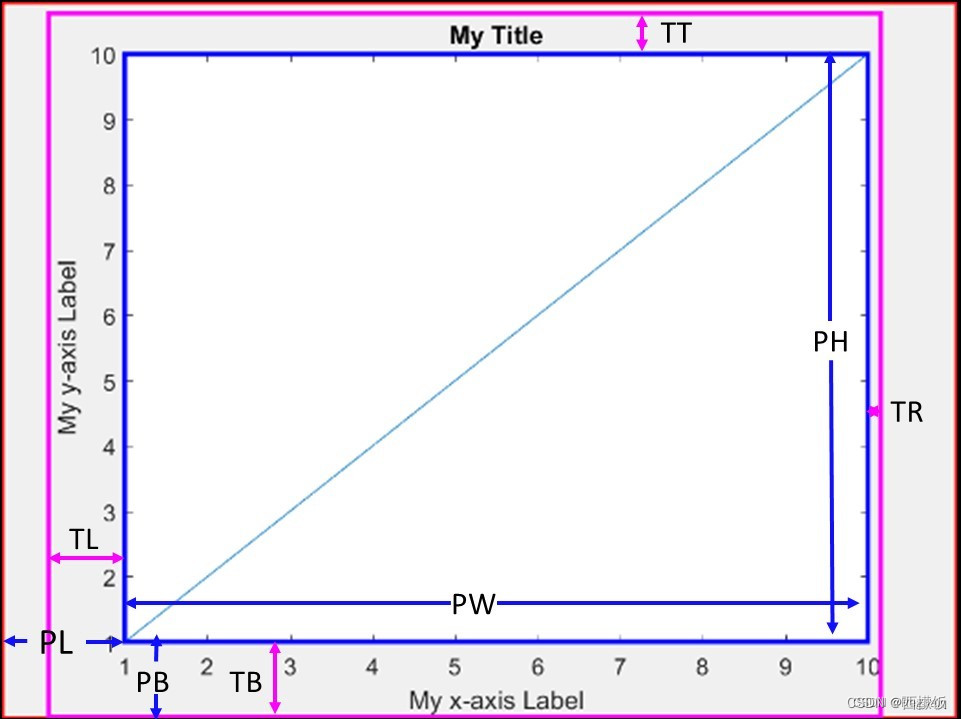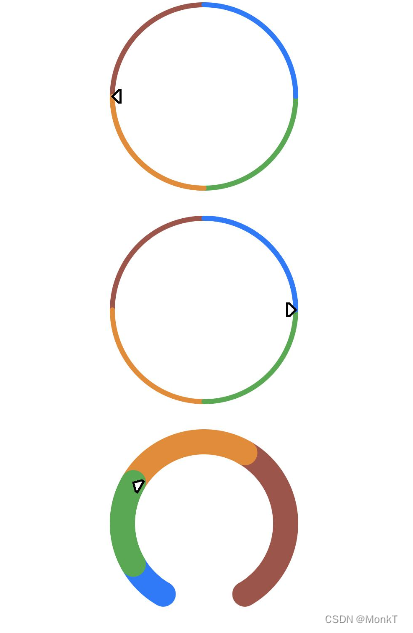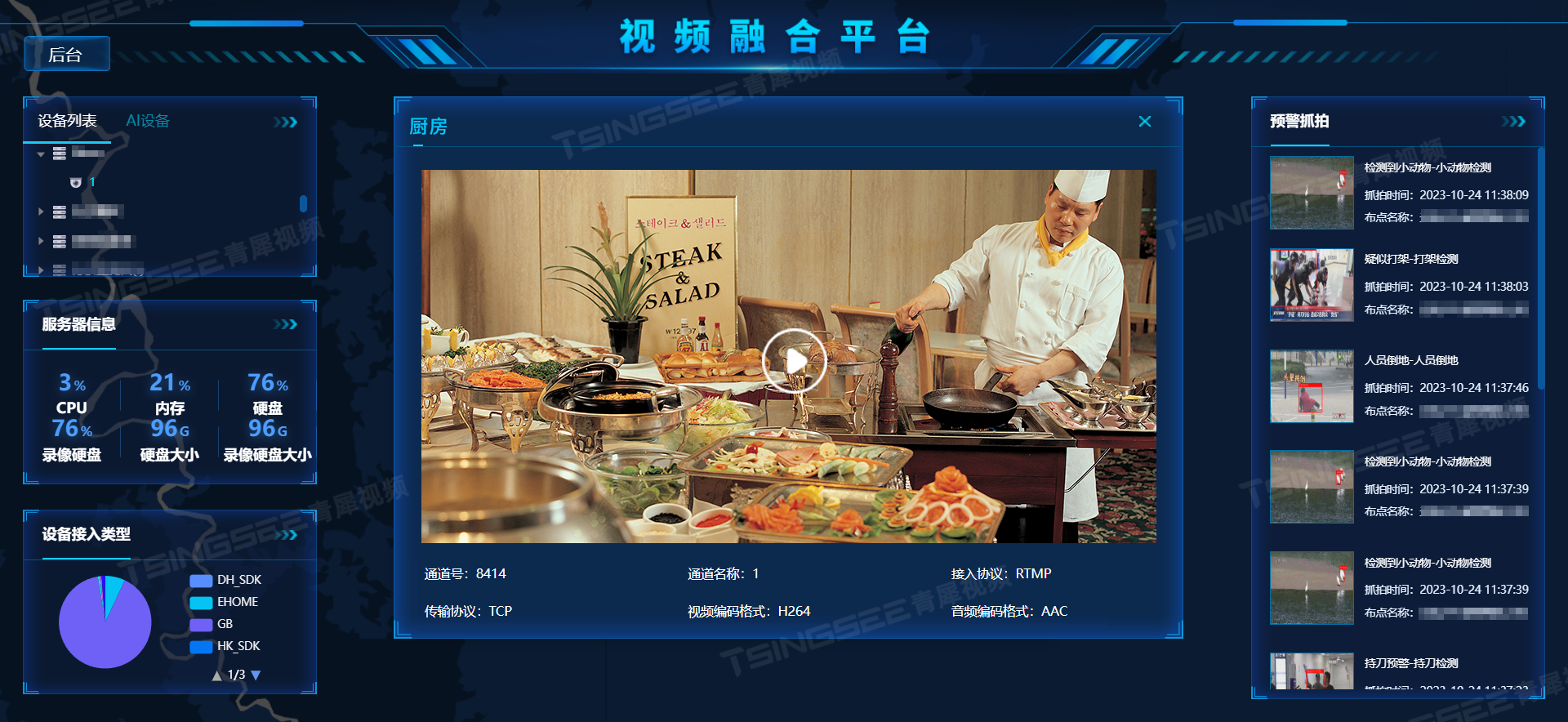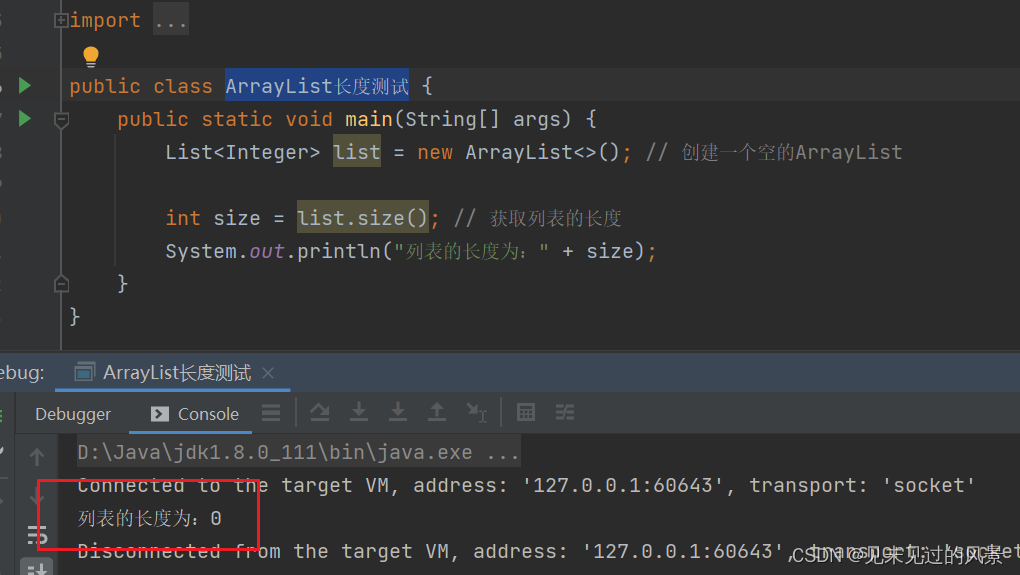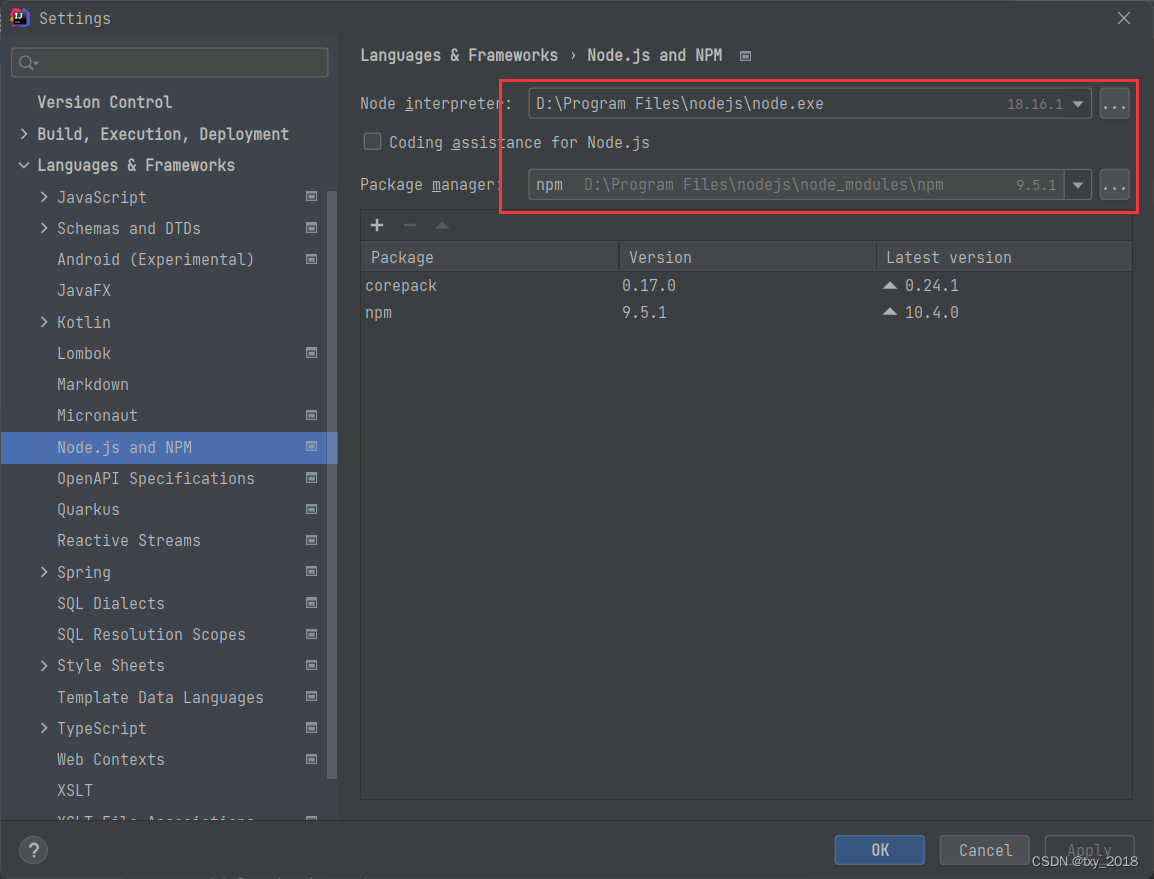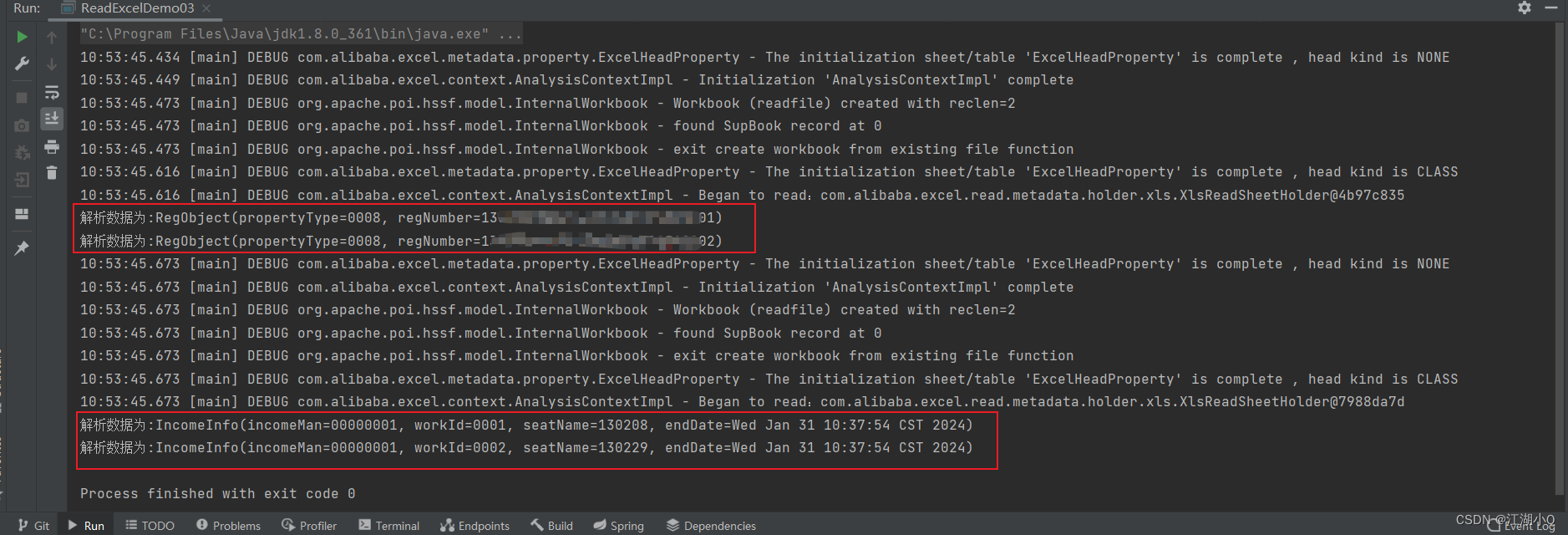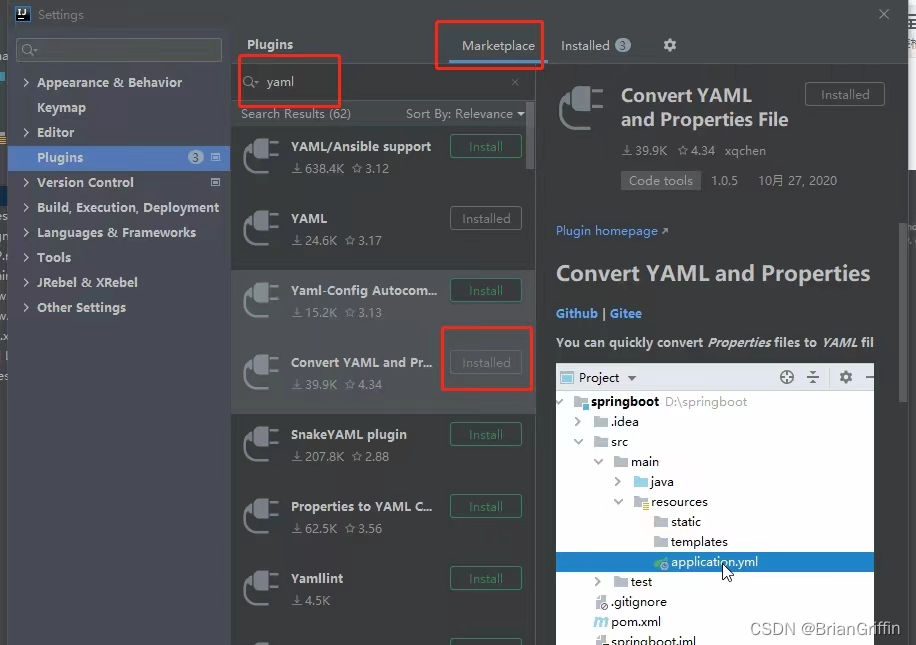1、简介
工作队列模式(Work Queue Mode):在这个模型中,生产者同样将消息发送到队列,但多个消费者可以从队列中获取消息并发处理。这意味着不同的消费者可以独立地处理各自的任务,从而提高效率。

2、消息发送
循环发送,模拟大量消息堆积现象。 在publisher服务中的SpringAmqpTest类中添加一个测试方法:
@Test
void testWorkQueue() throws InterruptedException {
String queueName = "hello.queue2";
for (int i = 1; i <= 50; i++) {
String msg = "hello, worker, message_" + i;
rabbitTemplate.convertAndSend(queueName, msg);
Thread.sleep(20);
}
}3、消息接收
@RabbitListener(queues = "hello.queue2")
public void listenWorkQueue1(String msg) throws InterruptedException {
System.out.println("消费者1 收到了 hello.queue2的消息---:【" + msg +"】");
Thread.sleep(20);
}
@RabbitListener(queues = "hello.queue2")
public void listenWorkQueue2(String msg) throws InterruptedException {
System.err.println("消费者2 收到了 hello.queue2的消息...... :【" + msg +"】");
Thread.sleep(200);
}4、测试
消费者2 收到了 hello.queue2的消息...... :【hello, worker, message_1】
消费者1 收到了 hello.queue2的消息---:【hello, worker, message_2】
消费者1 收到了 hello.queue2的消息---:【hello, worker, message_4】
消费者1 收到了 hello.queue2的消息---:【hello, worker, message_6】
消费者1 收到了 hello.queue2的消息---:【hello, worker, message_8】
消费者2 收到了 hello.queue2的消息...... :【hello, worker, message_3】
消费者1 收到了 hello.queue2的消息---:【hello, worker, message_10】
消费者1 收到了 hello.queue2的消息---:【hello, worker, message_12】
消费者1 收到了 hello.queue2的消息---:【hello, worker, message_14】
消费者1 收到了 hello.queue2的消息---:【hello, worker, message_16】
消费者1 收到了 hello.queue2的消息---:【hello, worker, message_18】
消费者2 收到了 hello.queue2的消息...... :【hello, worker, message_5】
消费者1 收到了 hello.queue2的消息---:【hello, worker, message_20】
消费者2 收到了 hello.queue2的消息...... :【hello, worker, message_7】
消费者2 收到了 hello.queue2的消息...... :【hello, worker, message_9】
消费者2 收到了 hello.queue2的消息...... :【hello, worker, message_11】
消费者2 收到了 hello.queue2的消息...... :【hello, worker, message_13】
消费者2 收到了 hello.queue2的消息...... :【hello, worker, message_15】
消费者2 收到了 hello.queue2的消息...... :【hello, worker, message_17】
消费者2 收到了 hello.queue2的消息...... :【hello, worker, message_19】
5、能者多劳
在spring中有一个简单的配置,可以解决这个问题。我们修改consumer服务的application.yml文件,添加配置:
spring:
rabbitmq:
listener:
simple:
prefetch: 1 # 每次只能获取一条消息,处理完成才能获取下一个消息
6、再测试
消费者1 收到了 hello.queue2的消息---:【hello, worker, message_1】
消费者2 收到了 hello.queue2的消息...... :【hello, worker, message_2】
消费者1 收到了 hello.queue2的消息---:【hello, worker, message_3】
消费者1 收到了 hello.queue2的消息---:【hello, worker, message_4】
消费者1 收到了 hello.queue2的消息---:【hello, worker, message_5】
消费者1 收到了 hello.queue2的消息---:【hello, worker, message_6】
消费者1 收到了 hello.queue2的消息---:【hello, worker, message_7】
消费者1 收到了 hello.queue2的消息---:【hello, worker, message_8】
消费者1 收到了 hello.queue2的消息---:【hello, worker, message_9】
消费者1 收到了 hello.queue2的消息---:【hello, worker, message_10】
消费者2 收到了 hello.queue2的消息...... :【hello, worker, message_11】
消费者1 收到了 hello.queue2的消息---:【hello, worker, message_12】
消费者1 收到了 hello.queue2的消息---:【hello, worker, message_13】
消费者1 收到了 hello.queue2的消息---:【hello, worker, message_14】
消费者1 收到了 hello.queue2的消息---:【hello, worker, message_15】
消费者1 收到了 hello.queue2的消息---:【hello, worker, message_16】
消费者1 收到了 hello.queue2的消息---:【hello, worker, message_17】
消费者1 收到了 hello.queue2的消息---:【hello, worker, message_18】
消费者1 收到了 hello.queue2的消息---:【hello, worker, message_19】
消费者1 收到了 hello.queue2的消息---:【hello, worker, message_20】
7、总结
Work模型的使用:
多个消费者绑定到一个队列,同一条消息只会被一个消费者处理
通过设的置prefetch来控制消费者预取消息数量

